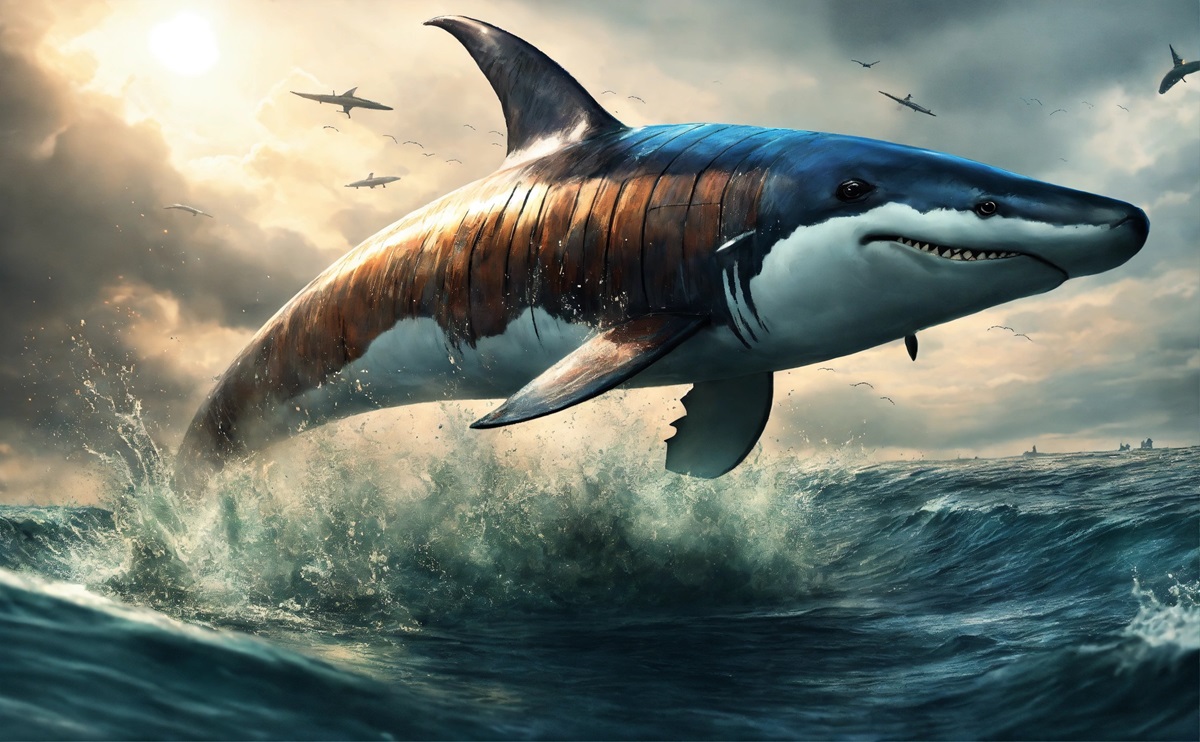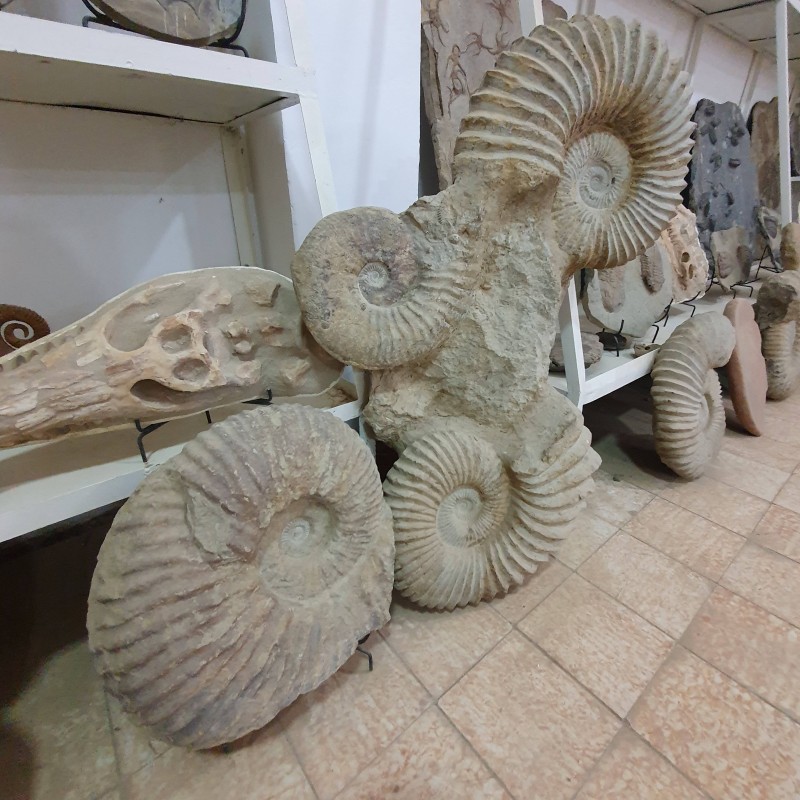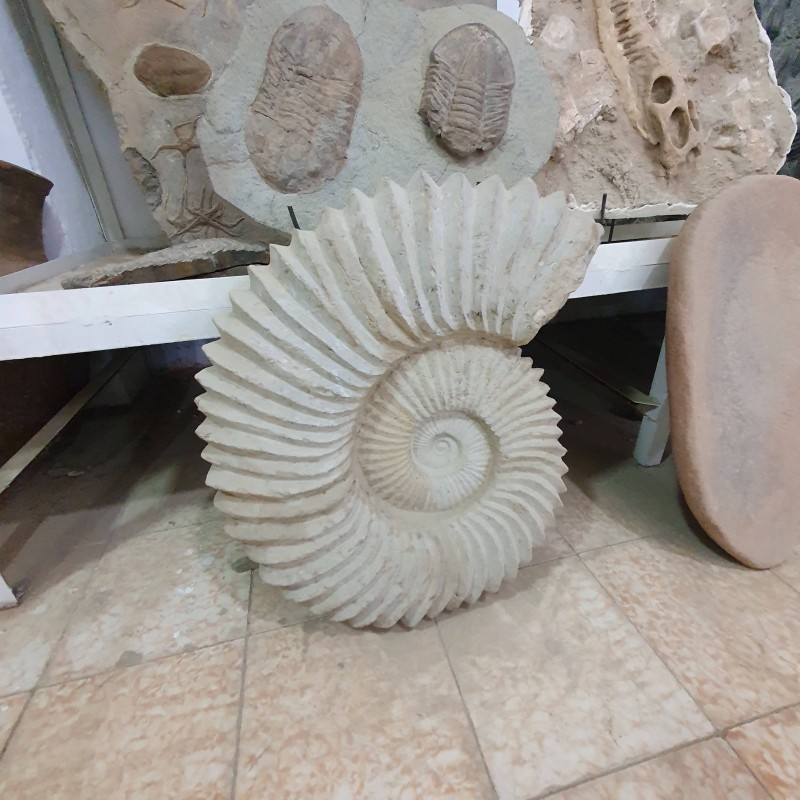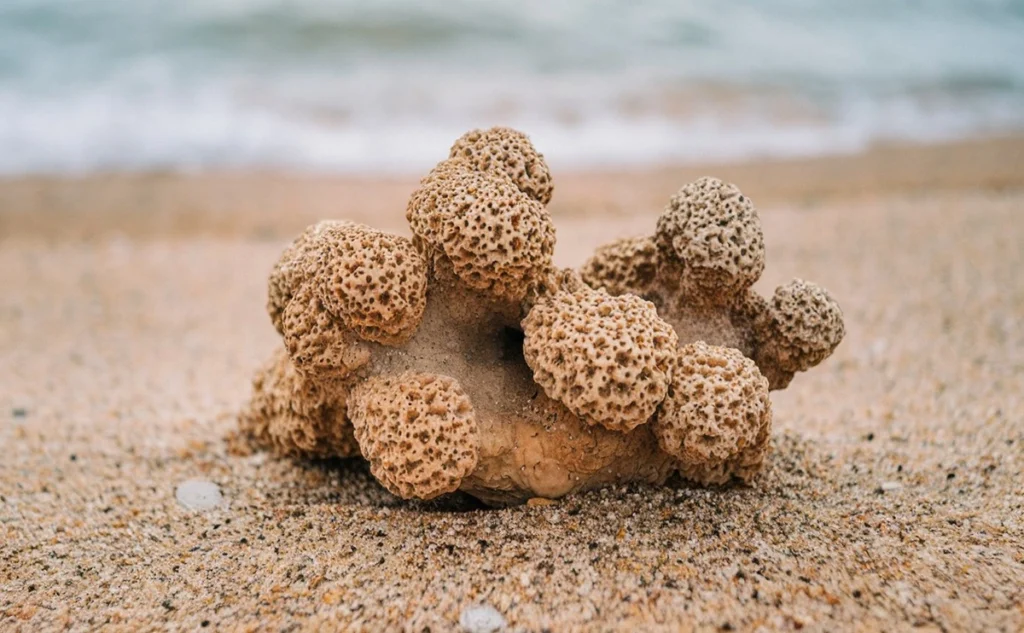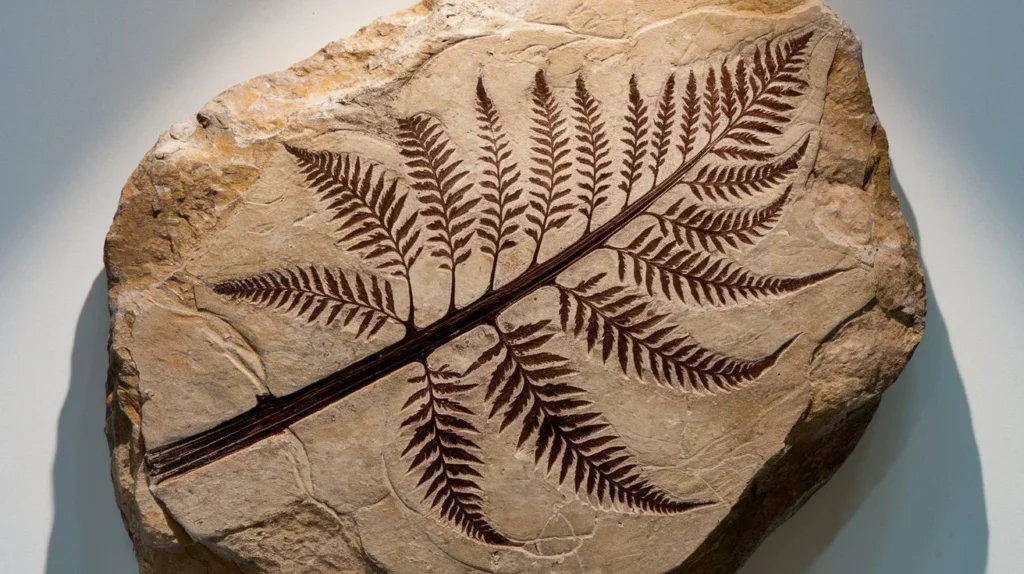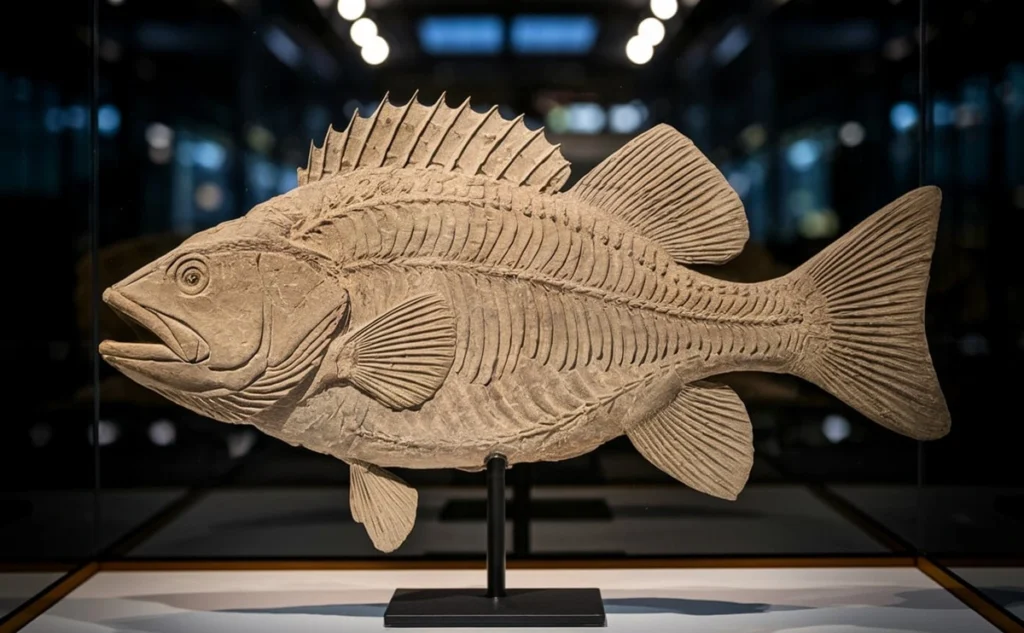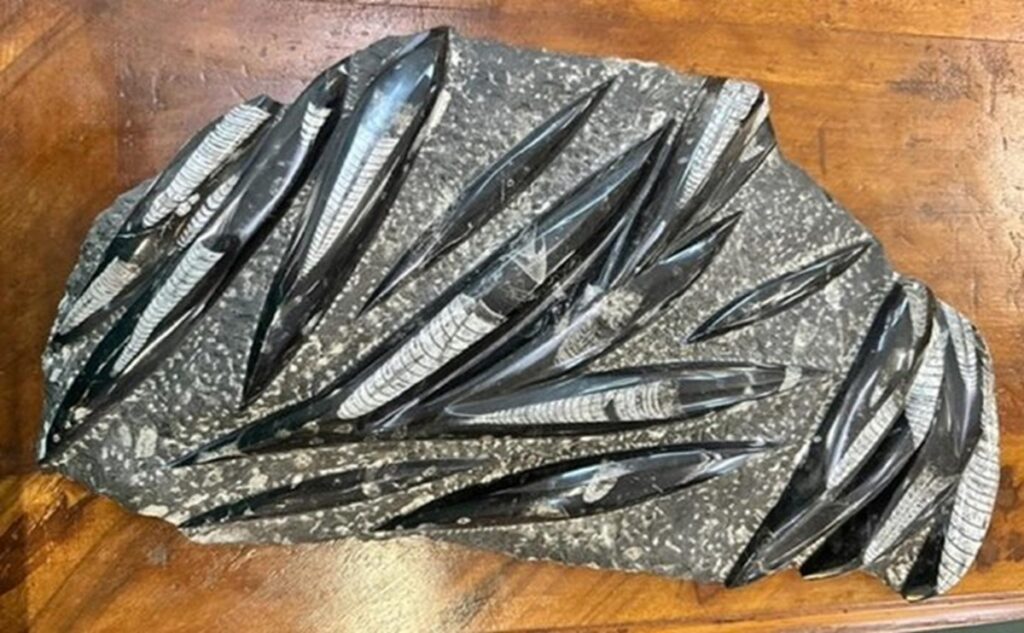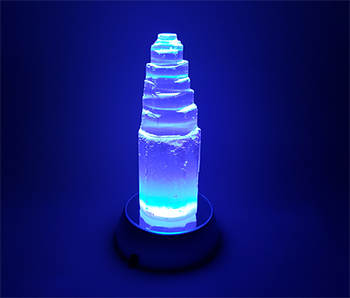A mosasaur was a massive marine reptile that thrived during the Cretaceous Period. These creatures, often compared to a mix between modern-day monitor lizards and sharks, were powerful predators with elongated, streamlined bodies. They ruled the seas, preying on fish, other marine reptiles, and even sharks. Equipped with sharp teeth, they were the ultimate hunters of the ancient oceans, making them one of the most fearsome predators of their time.
The Mosasaur’s Reign Over the Cretaceous Seas
The Cretaceous Period, spanning from around 145 to 66 million years ago, was a time of great biological diversity, both on land and in the water. While dinosaurs roamed the continents, marine reptiles like the Mosasaur terrorized the oceans. These creatures were perfectly adapted for aquatic life, their long, streamlined bodies resembling a cross between a monitor lizard and a shark.
The Mosasaur, which could grow up to 50 feet in length, was a true titan of the seas. Its powerful jaws, filled with razor-sharp Mosasaur teeth, were perfect for gripping and tearing apart prey. But what really set it apart was its ability to hunt large, fast-moving prey, including other sea predators like sharks. This made it the undisputed ruler of the Western Interior Seaway, a massive body of water that once divided North America.
The Habitat: The Western Interior Seaway
The Western Interior Seaway was an enormous inland sea that stretched from the Gulf of Mexico to the Arctic Ocean during the late Cretaceous. It provided a rich and diverse ecosystem where marine reptiles like the Mosasaur thrived. The seaway’s warm, shallow waters teemed with life, including fish, squid, ammonites, and smaller marine reptiles—ideal hunting grounds for the Mosasaur. This vast marine ecosystem is a key focus of paleontology today, as many fossilized remains of Mosasaurs have been uncovered in places like Badlands National Park.
Fossil Preservation and Discovery
Fossils, the preserved remains of once-living organisms, provide us with a window into the past. The discovery of Mosasaur skeletons has captivated scientists and fossil collectors alike. Over millions of years, the remains of these mighty predators were preserved in sedimentary rock, often buried deep in the earth or exposed in regions where ancient seas once existed.
Paleontologists have discovered Mosasaur fossils in numerous locations around the world, but some of the most significant finds come from North America. Fossil sites like the ones in Badlands National Park and Kansas have yielded well-preserved Mosasaur skeletons, allowing researchers to piece together their anatomy and better understand their role in prehistoric oceans.
Preserving these fossils is no small feat. The process of fossil preservation involves careful excavation, cleaning, and reconstruction. Every Mosasaur fossil tells a story, not only about the individual creature but also about the world it lived in, from the composition of ancient seas to the behavior of other marine species.
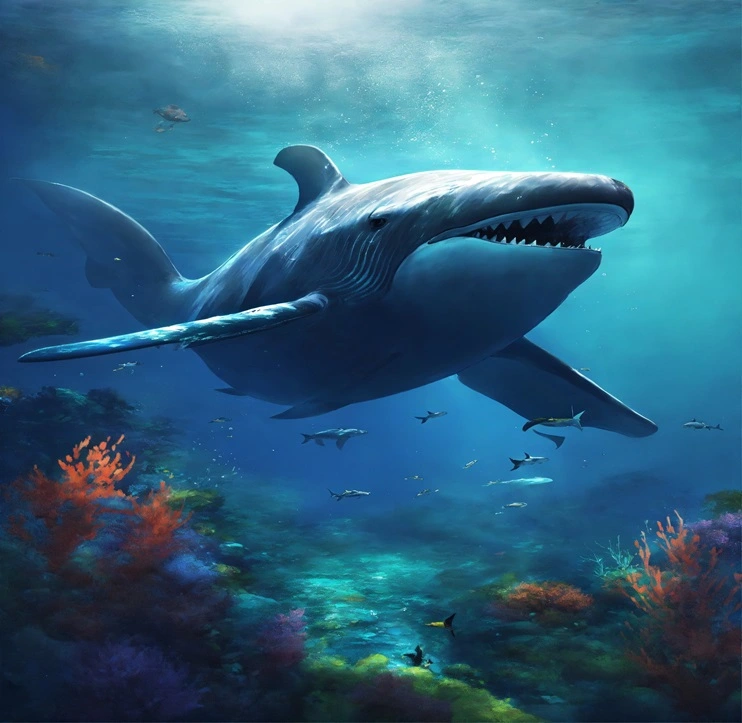
Mosasaur’s Role as an Apex Predator
Much like the monitor lizards that roam tropical lands today, Mosasaurs were fierce hunters. Their long bodies were built for speed, allowing them to ambush prey with precision. Their teeth, conical and slightly curved, were designed to grip and shred rather than chew, much like the teeth of modern-day sharks.
But the Mosasaur was more than just a simple predator; it was the king of the food chain in its habitat. It hunted a variety of prey, from fish and squid to smaller marine reptiles. Even other apex predators like sharks had to beware the Mosasaur’s might. In fact, fossil evidence suggests that Mosasaurs sometimes hunted and ate each other a brutal testament to their dominance.
Extinction: The End of an Era
Despite its immense power, the Mosasaur’s reign came to an abrupt end around 66 million years ago during the Cretaceous Paleogene extinction event. This mass extinction, triggered by a combination of volcanic activity and an asteroid impact, wiped out nearly 75% of Earth’s species, including the dinosaurs, marine reptiles, and a majority of marine ecosystems.
The Mosasaur, like many other extinct species, vanished from the fossil record after this event. But their fossils, preserved in the rock, remain a testament to their once-mighty presence in Earth’s oceans.
The Fascination of Fossil Collectors
For modern-day fossil collectors, discovering a Mosasaur fossil is akin to finding a treasure chest of paleontological history. Whether it’s a small Mosasaur tooth or a complete Mosasaur skeleton, these fossils are highly sought after. Their discovery continues to fuel our fascination with these ancient predators and the world they inhabited.
But it’s not just hobbyists who value these finds. Paleontologists use Mosasaur fossils to reconstruct ancient ecosystems and gain insights into how marine reptiles evolved. Every fossil provides a piece of the puzzle, helping scientists better understand the complexity of life on Earth millions of years ago.
The Legacy of Mosasaurs
The prehistoric oceans of the Cretaceous may be long gone, but the legacy of the Mosasaur endures. As fossil preservation efforts continue, new discoveries are being made, shedding light on the lives of these extraordinary creatures. In many ways, the Mosasaur remains a symbol of the power and mystery of the ancient seas, a time when giants ruled beneath the waves and life was as much a battle for survival as it is today.
Today, paleontology continues to uncover the secrets of the Mosasaur and other ancient species, revealing the complex and dynamic ecosystems that once thrived in Earth’s oceans. These discoveries remind us not only of what was lost during the mass extinction but also of the resilience of life and the ongoing story of evolution.
Conclusion
The Mosasaur was truly a creature of legend, an apex predator that dominated the oceans during the Cretaceous Period. Its fossils, discovered in places like Badlands National Park and other fossil sites, offer us a glimpse into a world long gone but not forgotten. Whether you’re a fossil collector or simply fascinated by Earth’s ancient history, the Mosasaur stands as a reminder of the incredible diversity and complexity of life that once filled our planet’s oceans. From the teeth in its massive jaws to the bones scattered across the landscape, the Mosasaur’s story continues to captivate us, reminding us of the untold secrets still waiting to be unearthed.

